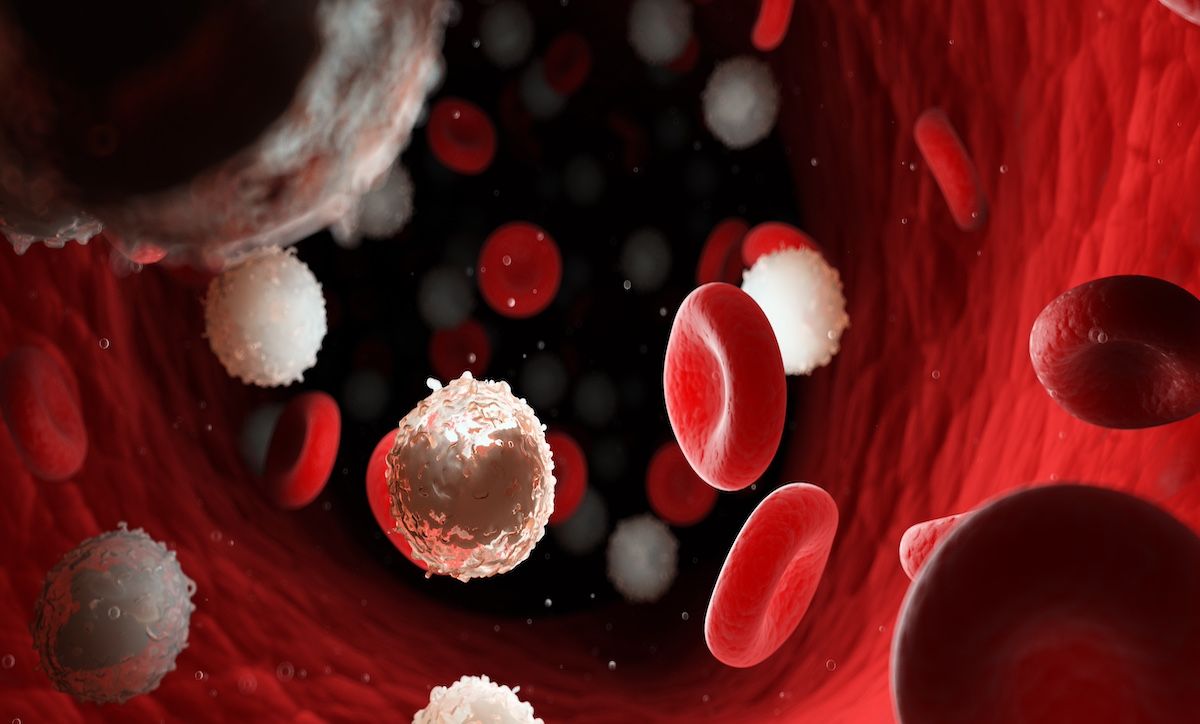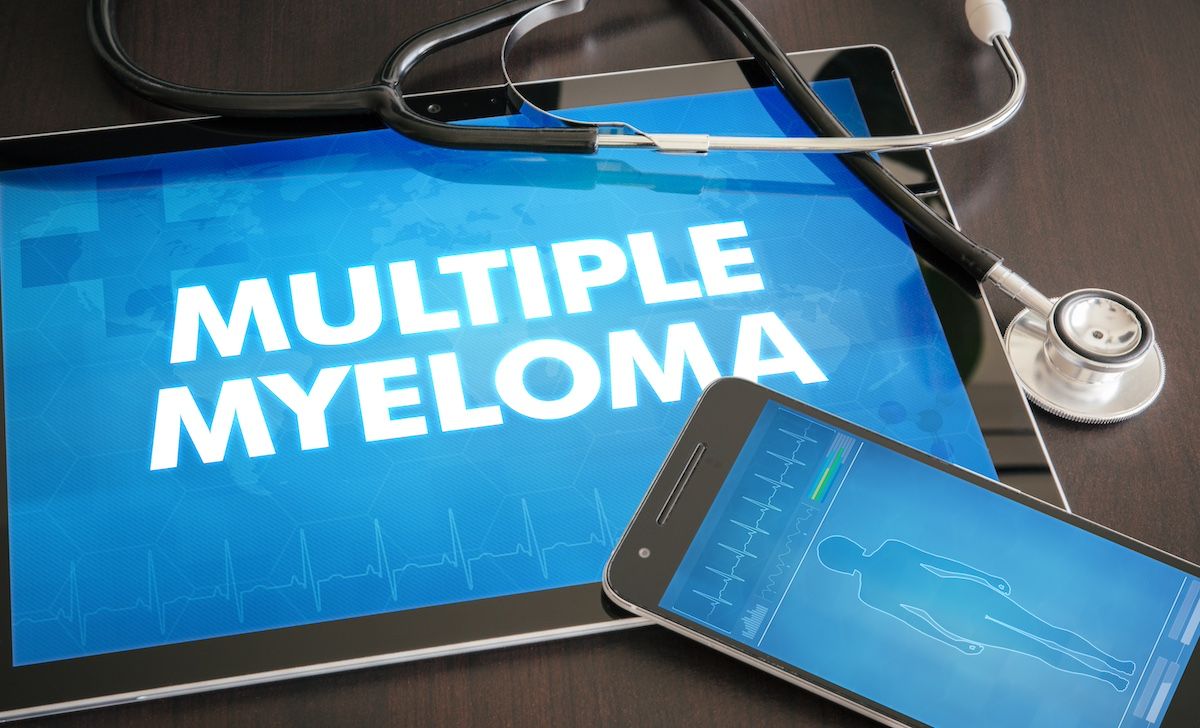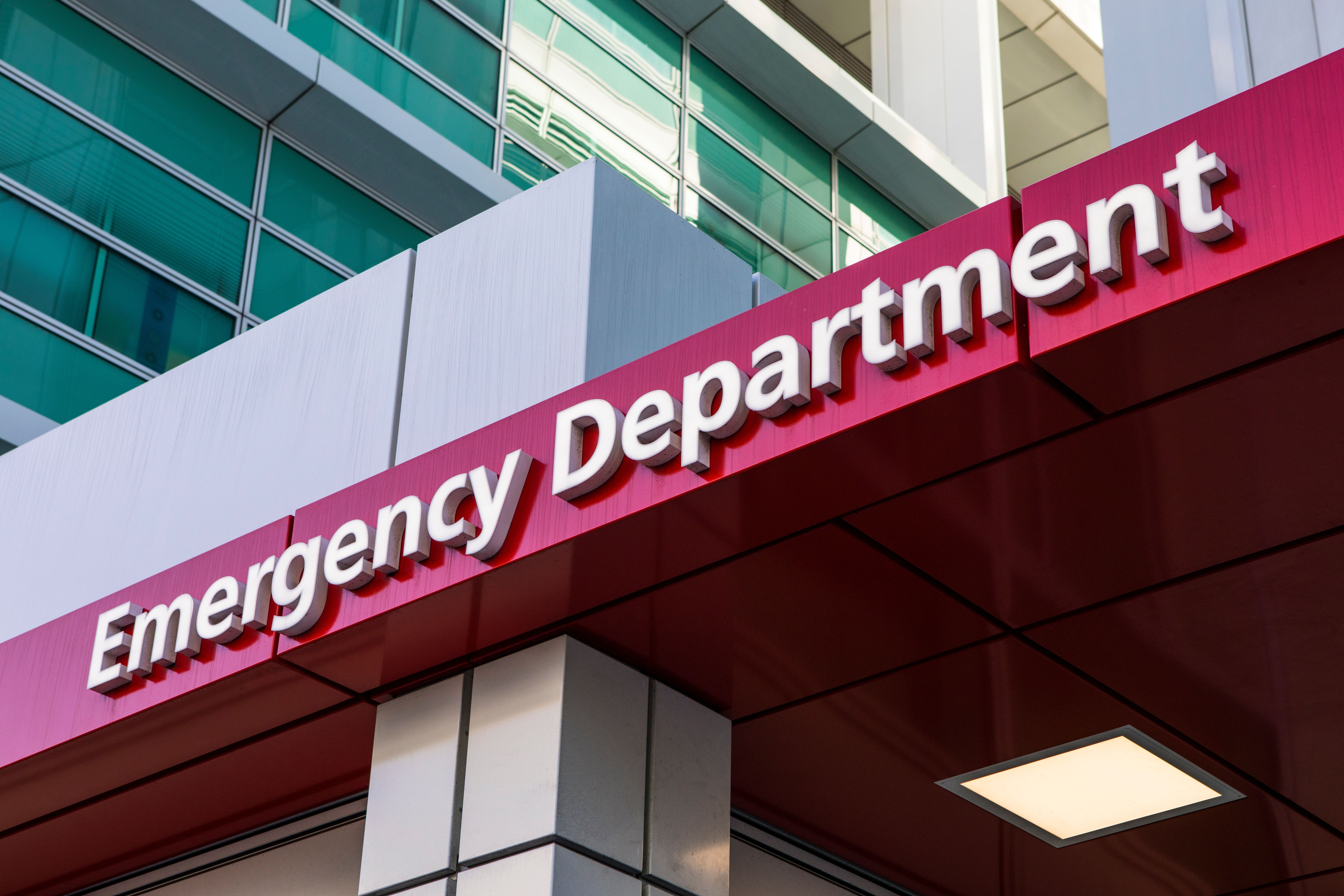News
Article
Novel BCMA-Directed CAR Anito-Cel Is Highly Effective for Myeloma
Author(s):
BCMA-directed CAR T-cell therapy anitocabtagene autoleucel demonstrated a 76% complete remission rate and 89% negative minimal residual disease in patients with relapsed/refractory multiple myeloma.
The article was originally published on CGTLive®.
The BCMA-directed CAR T-cell therapy anitocabtagene autoleucel (anito-cel; CART-Ddbcma) elicited a response in all patients, with a complete remission (CR)/stringent CR (sCR) experienced by 76% of patients with relapsed/refractory multiple myeloma, according to findings from a phase 1 study presented at the 2023 ASH Annual Meeting.

After a median follow-up of 26.5 months for the 38 triple or penta-refractory patients enrolled, those with high-risk features (n = 24) also experienced a high CR/sCR rate, at 83%. Of those evaluable for assessment (n = 28), 89% tested negative for minimal residual disease (MRD) by 10-5 sensitivity. At 24 months, the rate of progression-free survival (PFS) was estimated at 56% (95% CI, 37.3%-71.1%) across the full population of the study. Median PFS and duration of response was not yet reached across all patients in the study.
“This construct utilizes a D-domain, which may be a novel binder that actually improves stability and may explain some of the characteristics of the cells. We know we have low tonic signaling and high surface expression,” said Matthew Frigault, MD, MS, Harvard Medical School, Massachusetts General Hospital Cancer Center. “We had a CR and stringent complete response rate of 76% of 100% overall response rate. And we really didn't see differences across all different high-risk groups of patients.”
Anito-cel utilizes novel CAR T cell technology compared with other agents, with a smaller D-Domain binder. Other types of cell therapies range are near 25 kDa in size whereas the D-Domain binder is approximately 8 kDa, Frigault noted. With the smaller size, the agent has a higher CAR density on the T cell surface, a lack of disulfide bonds, and a hydrophobic core.
“This actually has pretty high uniform expression on the cell surface with a median transduction efficiency of around 70%, with less than 2 average integrations per given cell, so a very highly stable protein, very stable in toxic pH and temperatures,” said Frigault. “What we think is happening here is that this multiple kind of binding per cell could potentially be beneficial for overall efficacy.”
In the study, patients received anito-cel at 2 dose levels (DL), with 6 patients in each group initially. In the DL1 group, they received 100 ± 20% x 106 CAR+ cells. In the DL2 group, they received 300 ± 20% x 106 CAR+ cells. The DL1 cohort was selected for an expansion cohort, where the median cell dose ended up at 115 x 106 CAR+ cells.
“We were able to manufacture at least 3 doses at those level, 1 for every single patient that was actually enrolled on study,” said Frigault, who noted that plans are in place to shift manufacturing of the cell product to Kite Therapeutics for production at scale.
Patients who were enrolled in the study had received at least 3 prior regimens, including those containing a proteasome inhibitor, an immunomodulatory agent, and an anti-CD38 monoclonal antibody. Following enrollment, patients underwent leukapheresis, with successful cell therapy manufacture in 40 out of 40 patients. There were 2 patients who discontinued prior to receiving infusion, 1 before lymphodepletion due to an infection and another following lymphodepletion from heart failure related to drug overdose. Overall, 32 patients received DL1 and 6 received DL2. The time from aphaeresis to infusion was more than 20 days, he added.
The median age of patients in the study was 66 years, which Frigault noted was approximately 5 years older than other CAR T cell trials. Most patients were male (68%) and had an ECOG performance status of either 0 (32%) or 1 (68%). High-risk features were present in 63% of patients, with 34% having extramedullary disease (EMD). High-risk cytogenetics were present for 29% of patients. The median number of prior therapies received was 4, and the median time since diagnosis was 6.5 years. Two-thirds received bridging therapy and three-fourths received a prior autologous stem cell transplant.
For those with EMD, the sCR/CR rate was 85%. The 24-month PFS rate for this group was 57.5% (95% CI, 25.7%-79.9%). For those with high-risk cytogenetics the sCR/CR rate was 82%, with a 24-month PFS rate of 71.6% (95% CI, 35.0%-89.9%). For patients aged 65 or older, the sCR/CR rate was 85% and the 24-month PFS rate was 61.3% (95% CI, 34.9%-79.7%).
Median duration of response, PFS, and overall survival were not yet reached for the full population or in any of the subgroups. “It appears we are able to have sustained deep and durable responses in a high-risk patient population,” said Frigault.
Low-grade cytokine release syndrome (CRS) was seen in most patients (94%) at the recommended phase 2 dose, with none having a grade 3 or higher event. Neurotoxicity was rare, at 16%, with 1 patient having a grade 3 event. The median onset to CRS was 2 days and the median duration was 6 days. Tocilizumab was administered for 84% of patients and 63% received dexamethasone. Frigault noted there were no Guillain-Barré syndrome, no cranial nerve palsies, and no Parkinsonian-like syndromes in the entire population.
The most common grade 3/4 AEs, outside of CRS, were neutrophil count decrease (81.6%), anemia (57.9%), and thrombocytopenia (42.1%). The most common non-hematologic grade 3/4 AEs was hypertension (7.9%). There was 1 grade 5 AE that was deemed unrelated to study drug, due to non-study drug overdose.
An ongoing phase 2 study (NCT05396885) is currently enrolling patients with relapsed/refractory multiple myeloma to explore the DL1 further. This study, iMMagine-1, is currently recruiting in co-development with Kite.
Reference
Frigault MJ, Rosenblatt J, Dhaka B, et al. Phase 1 study of CART-Ddbcma for the treatment of patients with relapsed and/or refractory multiple myeloma: Results from at least 1-year follow-up in all patients. Blood. 2023;142 (suppl 1):1023. doi:10.1182/blood-2023-189761.
Newsletter
Stay ahead of policy, cost, and value—subscribe to AJMC for expert insights at the intersection of clinical care and health economics.




